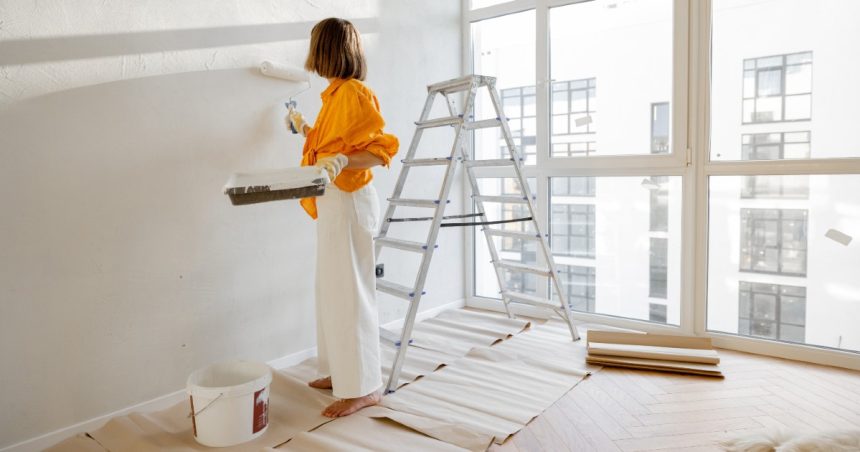Investing in property has long been considered the gold standard for keeping and growing one’s money, especially if you can increase the market value of your portfolio.
A popular way to do this is through renovating or flipping properties, where homeowners make significant improvements to different areas of the house to drive up its valuation before selling.
Renovating is one of the most cost-effective ways to increase a home’s value with some of the most common renovations, including bathrooms, kitchens, modernising, adding extensions or changing the layout of the building.
But these changes still require a significant initial investment, so it’s essential that homeowners and renovators know and utilise the possible tax deductions available to them for the property renovations they’re undertaking.
One of the biggest questions from new property investors is the implications renovations can have on paying capital gains tax.
Understanding these rules allows renovators to maximise the return rate on their investment and boost cash flow by lowering their income tax. That’s why Build-it has compiled this capital gains tax guide for renovators to help readers get the most back on their tax-deductible property expenses.
What is Capital Gains Tax?
You must pay capital gains tax or CGT when you profit from selling your property compared to its purchase price.
Given the primary purpose of property investment renovations is to increase the home’s value, this means most homes often sell for a higher price than they were purchased for and are, therefore, the seller is eligible to pay capital gains tax on the net profit made.
One of the first things property investment novices often need to understand is how CGT impacts your tax return.
CGT is not a separate tax but rather an add-on forming part of your annual assessable income tax for the year the home is sold.
Additionally, the amount of CGT paid varies depending on your overall taxable income; if you earn $40,000 per year and make a capital gain of $60,000, you will pay income tax for $100,000.
Who pays CGT?
However, many property owners are exempt from CGT altogether.
If the property you are selling was considered your family home and place of residence, then the profits from the sale will be exempt from CGT.
This is called a principal residence exemption and means you won’t have to pay capital gain on any renovations you make.
If you’re living in a property as a full-time resident, it’s best to declare your home as your primary residence to the ATO as soon as you acquire it.
To be eligible for the exemption, the Australian tax office requires you to have lived on the property for at least three consecutive months before the sale.
However, if you have chosen not to live in the property and reside elsewhere, the home that is not your primary residence is considered an investment and, thus, subject to CGT.
Are renovations on properties tax-deductible?
In most instances, the cost of renovating the property can be deducted before CGT tax is paid.
So if you purchased an investment property for $500,000 and then spent $50,000 on renovations, then sell it for $650,000, you’d only pay CGT on $100,000 – not the total $150,000 profit.
However, if you wait 12 months before selling the property, an additional 50 per cent CGT discount is applied.
Furthermore, if part of the renovation work you have undertaken on the property can be classed as repairs, they are fully exempt from CGT. This can include anything from replacing broken windows to changing a faulty tap.
However, repairs can only restore broken features to their original functionality; therefore, a broken washing machine would need to be replaced with a similar appliance. Replacing it with a combo washer/ dryer with smart home functionality would mean the repair falls into the taxable renovation category.
However, there are some grey areas, with the repainting of a property often able to be classified as a repair rather than a renovation.
Build-it’s final thoughts
Keep a detailed record of all repairs and renovations undertaken for each financial year to help maintain accuracy.
This will help determine and ensure the maximum amount of deductions from your CGT should the ATO or your tax accountant have any questions.
Some large-scale renovations fall into the category of capital works deductions, which are claimable as depreciation back on the value of the upgrades over an extended period.
For example, central building works like property extensions or kitchen renovations can deduct 2.5% of their depreciation value from CGT per annum for 40 years.
Build-it reminds readers that tax advice is subject to change quickly and says engaging a tax professional is essential to answer any questions before following any tax tips or advice.







